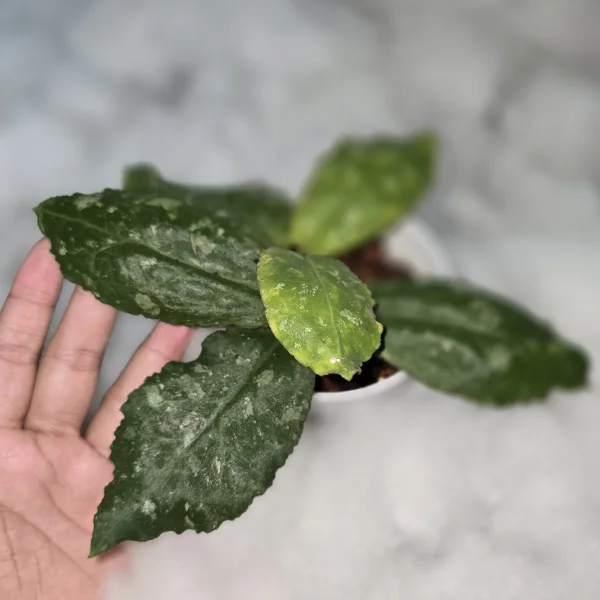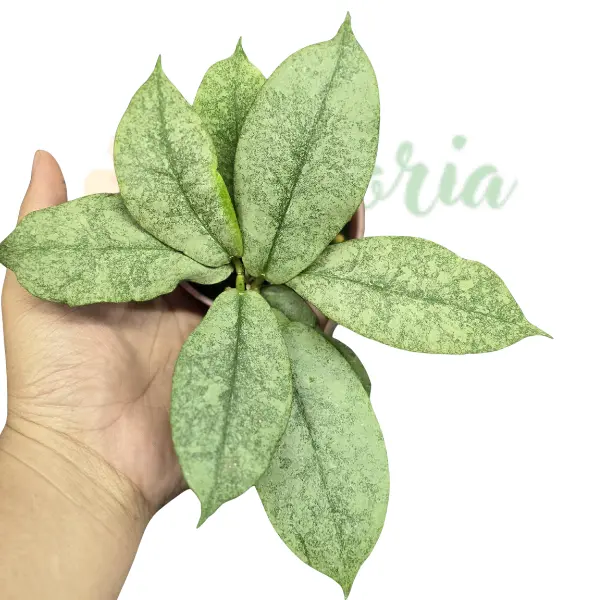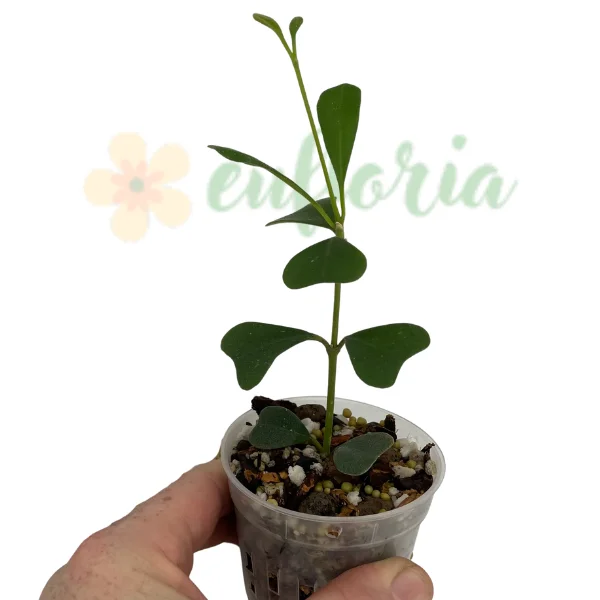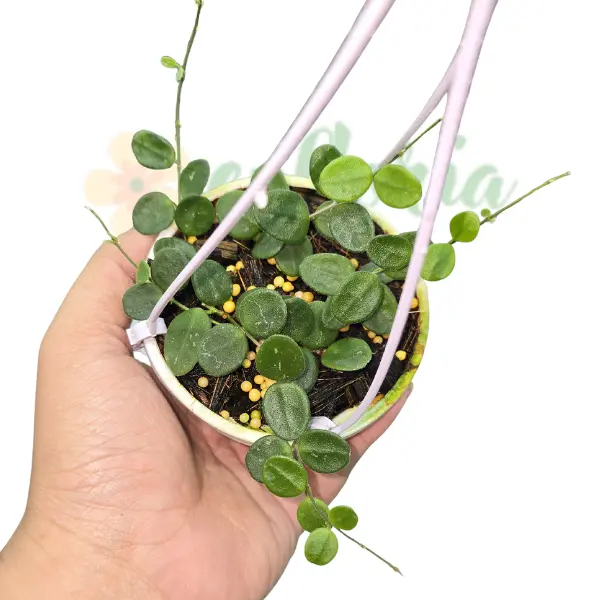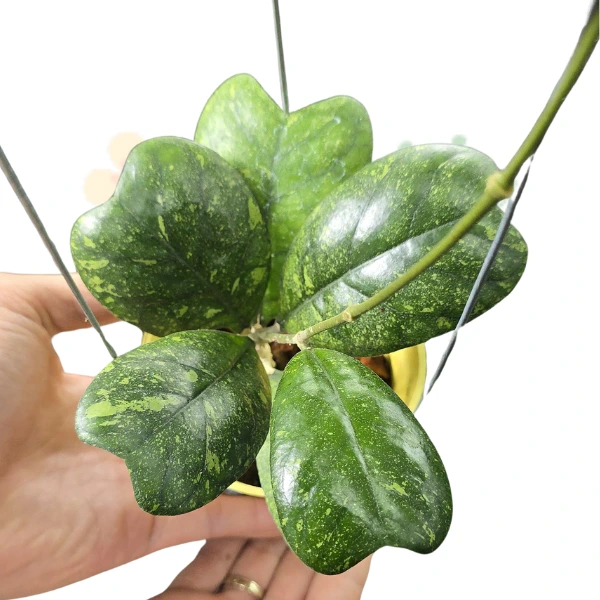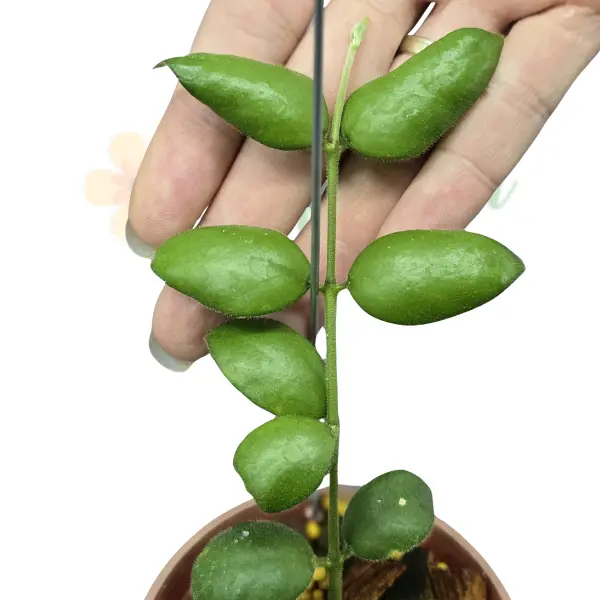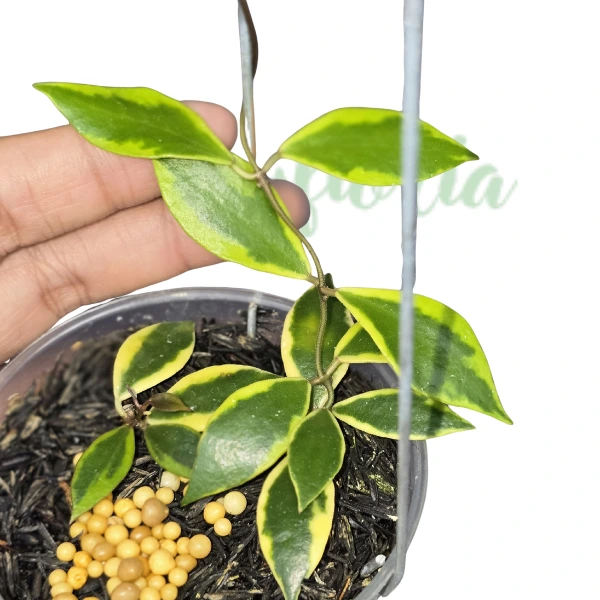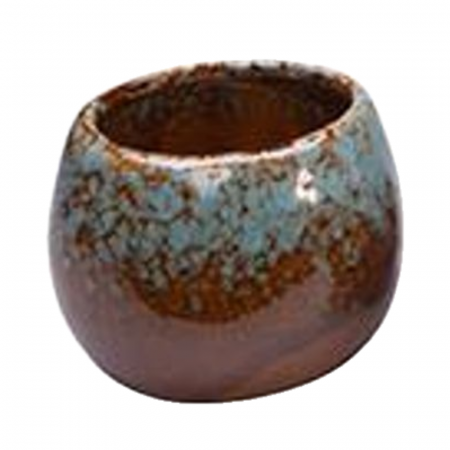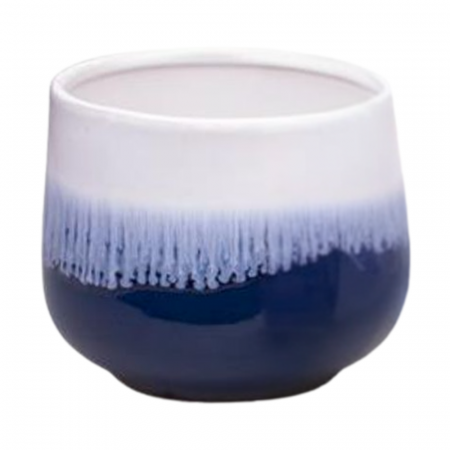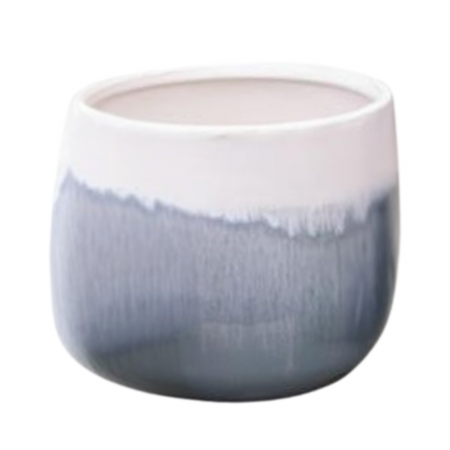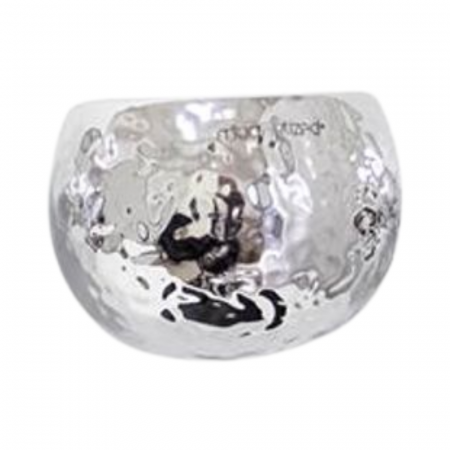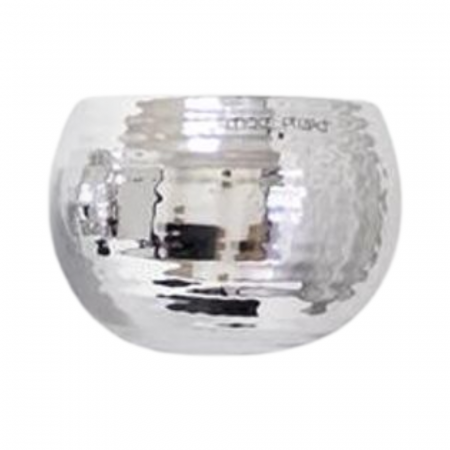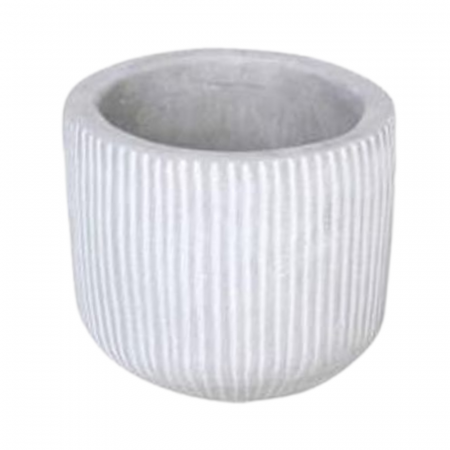Hoya Aceh 'Dark Maze' - rooted cutting with one node
Hoya 'Dark Maze' is a recently discovered species from the mountains of Aceh province, northern Sumatra, Indonesia, representing one of the latest botanical discoveries from this biodiverse highland region.
Flowering state: No flowers
Country of origin: Indonesia
Delivery date: This plant is imported from Indonesia on a pre-order basis only. The plants are shipped the next day as soon as we receive them, they have well-protected roots in sphagnum moss, they are without a pot and without soil and may have small defects due to the longer transit time.
- Description
- Reviews (0)
- FAQ
🌿 Hoya 'Dark Maze' – recently discovered mountain species with striking foliage
General description
- Recently discovered species: A newly discovered Hoya from the mountainous regions of Aceh province, northern Sumatra, Indonesia – representing one of the latest additions to botanical collections from this biodiverse region.
- Distinctive foliage: Features unique leaf characteristics typical of highland Aceh Hoyas, with robust, textured leaves adapted to mountain forest conditions.
- Epiphytic growth: Grows naturally as an epiphyte in tropical highland forests, exhibiting vigorous trailing or climbing growth suitable for hanging baskets or trellises.
How to care for Hoya 'Dark Maze'
- Light: Prefers bright indirect light typical of understory mountain forest conditions. Avoid harsh direct sun.
- Watering: Water when substrate dries completely between waterings. Highland species prefer good drainage.
- Soil: Use a very well-draining epiphytic substrate (orchid mix with bark, perlite, coco coir) to replicate natural growing conditions.
- Temperature and humidity: Ideal temperature: 18–24°C, with humidity 60-70% for optimal growth, mimicking mountain forest environment.
- Important: As with all Hoyas, do not remove flower peduncles after blooming, as they will flower again from the same spot.
Why choose Hoya 'Dark Maze'?
If you're looking for a rare, recently discovered Hoya that represents the cutting edge of botanical exploration, Hoya 'Dark Maze' is the perfect choice. Collected from the mountainous regions of Aceh province in northern Sumatra, this species represents the incredible biodiversity still being discovered in Indonesia's tropical highlands. The Aceh region, particularly the mountainous areas around Gayo Lues, is known for harboring unique and endemic plant species. Ideal for serious collectors who want to own a piece of botanical history and support the documentation of newly discovered species.
Are there multiple stems in pot?
This plant is delivered without pot, it consists of a rooted cutting with one node.
What should I do if the plant arrives damaged?
It is very rare for couriers to mishandle parcels, even though we label them as "FRAGILE".
In the unfortunate event that one or more plants, or the package, arrive damaged, please contact us and we will solve the situation together.
We assure you of our full cooperation.
Can I choose the exact plant I order?
You can contact us via WhatsApp or by phone to receive photos of the available specimens before shipping.
Does it have flowers?
Most of the Hoya plants we sell are not in bloom when shipped. However, they can bloom under the right light, temperature, and humidity conditions when mature.
Check the "Flowering stage" for each product to see whether the plant is:
- Without flowers
- With formed peduncles
- With flowers
As this is a recently discovered species, detailed information about flowering characteristics is still being documented by collectors growing the plant.
Why is Hoya 'Dark Maze' so special?
Hoya 'Dark Maze' is special for several reasons:
1. **Recently discovered** – represents one of the latest botanical discoveries from Aceh
2. **Mountain origin** – from the biodiverse highlands of Aceh province, northern Sumatra
3. **Unpublished species** – not yet formally described in scientific literature
4. **Botanical significance** – represents ongoing plant exploration in Indonesia
5. **Highland adaptation** – adapted to cooler mountain forest conditions
6. **Gayo region** – from the interior forests known for endemic species
7. **Collector's rarity** – limited availability from recent collections
8. **Conservation importance** – highlights biodiversity of threatened habitats
9. **Living botanical history** – opportunity to grow a newly discovered species
10. **Unique characteristics** – distinctive features that set it apart from known species
What is Aceh province?
Aceh is the northernmost province of Sumatra, Indonesia. It features dramatic mountainous terrain, particularly in the interior Gayo Highlands and Gayo Lues region. The province is known for its rich biodiversity, with numerous endemic plant and animal species. The mountainous areas feature tropical highland forests with cooler temperatures, high humidity, and frequent cloud cover. These conditions create unique habitats that support specialized plant communities, including many rare and endemic Hoya species. Recent botanical exploration in Aceh has yielded numerous new species discoveries.
What does "recently discovered" mean?
"Recently discovered" indicates that this Hoya species has been found and collected from the wild within recent years but has not yet been formally scientifically described and published. The discovery and documentation process for new plant species involves:
- Initial field collection by explorers or botanists
- Cultivation and observation to document characteristics
- Comparison with existing species to confirm it's new
- Formal scientific description and publication in botanical journals
This process can take several years. Many Hoya species from remote regions like Aceh remain undescribed, with new species regularly being discovered.
Where should I place it indoors?
Ideally near an east- or north-facing window with bright indirect light. This highland species:
- Prefers conditions that mimic mountain forest understory
- Needs bright light but not harsh direct sun
- Benefits from good air circulation
- Thrives with higher humidity (60-70%)
- Prefers stable temperatures without extreme fluctuations
- Can be grown in hanging baskets or trained on supports
- Should be protected from cold drafts
Is it difficult to care for?
Hoya 'Dark Maze' requires intermediate care similar to other highland Hoyas:
- Main requirements: bright indirect light, good drainage, adequate humidity
- More sensitive to overwatering than some other houseplants
- Prefers cooler conditions than lowland tropical plants
- Benefits from consistent care and stable environment
- Once established, should grow steadily with proper conditions
- Best suited for collectors with some Hoya experience
- Highland species may be slightly more particular than lowland species
What makes highland Hoyas different?
Highland Hoyas from mountain regions like Aceh often have distinct characteristics:
- Adapted to cooler temperatures than lowland species
- Often have more robust, textured, or fibrous leaves
- May prefer slightly cooler growing conditions (18-24°C vs 22-28°C)
- Typically require excellent drainage due to epiphytic habitat
- Often display prominent venation or unique leaf textures
- May grow more slowly than lowland species
- Benefit from good air circulation
- Often have distinctive appearances that make them collector favorites
Why isn't there more information available?
As a recently discovered, unpublished species, detailed information is still being documented:
- The plant was only recently collected from the wild
- Scientific description and publication take time
- Characteristics are still being observed by growers
- Flowering data accumulates as plants mature in cultivation
- Full documentation requires multiple specimens and observations
- Information will increase as more collectors grow the plant
- This is common for newly discovered species
Is it endangered in the wild?
The conservation status of newly discovered species is often unknown initially:
- Population size and distribution are typically not yet documented
- Aceh's mountain forests face threats from deforestation
- Many endemic species in the region have restricted ranges
- Sustainable collection practices are important
- Cultivation helps preserve genetic diversity
- Growing such species raises conservation awareness
- Supporting habitat protection in Aceh is crucial
Can I propagate it?
Yes, Hoya 'Dark Maze' can be propagated like other Hoya species:
- Take stem cuttings with at least 2 nodes
- Root in water, sphagnum moss, or well-draining medium
- Rooting may take 4-8 weeks or longer
- Maintain high humidity during rooting process
- Keep in bright indirect light
- Highland species may root more slowly than lowland species
- Propagation helps preserve this rare species in cultivation
- Share propagations responsibly within the collector community
What is the Gayo region?
The Gayo region, particularly Gayo Lues, is a mountainous area in the interior of Aceh province:
- Features elevations from 500 to over 2,000 meters
- Characterized by tropical highland forests
- Known for high biodiversity and endemic species
- Relatively remote and less explored botanically
- Has been the source of several recent Hoya discoveries
- The landscape includes steep mountains, valleys, and forests
- Climate is cooler and more humid than lowland areas
- Traditional homeland of the Gayo people
How can I support conservation?
If you own Hoya 'Dark Maze', you can support conservation:
- Grow the plant successfully to preserve its genetic material
- Share propagations with other responsible collectors
- Support organizations working on Indonesian forest conservation
- Learn about and raise awareness of Aceh's biodiversity
- Practice sustainable horticulture
- Never support wild collection of threatened plants
- Consider donating to conservation projects in Sumatra
- Educate others about the importance of habitat protection
Is it toxic to pets?
Hoya species are generally considered non-toxic and safe for pets:
- Not listed as toxic by ASPCA or other pet safety organizations
- Safe around cats, dogs, rabbits, and other household pets
- Ingestion of large quantities may cause mild, temporary digestive upset
- Generally much safer than many common houseplants
- As with any plant, discourage excessive chewing
- Monitor pets if they show unusual interest in the plant
Will it flower in cultivation?
Like most Hoyas, this species should eventually flower in cultivation:
- Flowering occurs when the plant reaches maturity
- May take 1-3 years or more to flower after establishment
- Requires proper light, temperature, and care to bloom
- Highland species may have specific flowering triggers
- Detailed flowering information is still being documented
- Proper care increases likelihood of flowering
- Patience is key with newly discovered species

![Hoya Aceh 'Dark Maze' - rooted cutting with one node [1] Hoya Aceh 'Dark Maze' - rooted cutting with one node [1]](https://gomagcdn.ro/domains2/eufloria.ro/files/product/large/hoya-paradisea-papua-copie-151191.webp)
